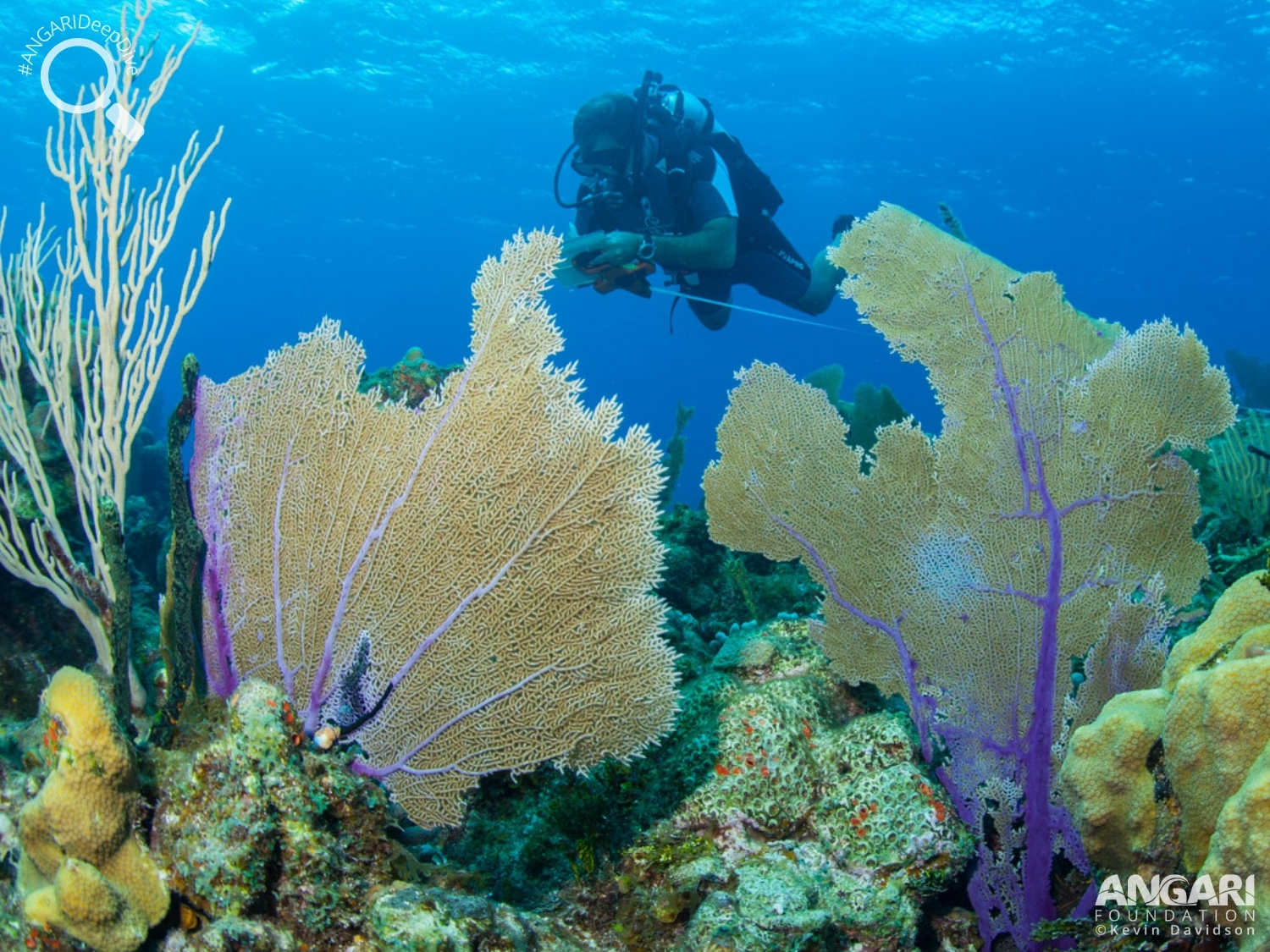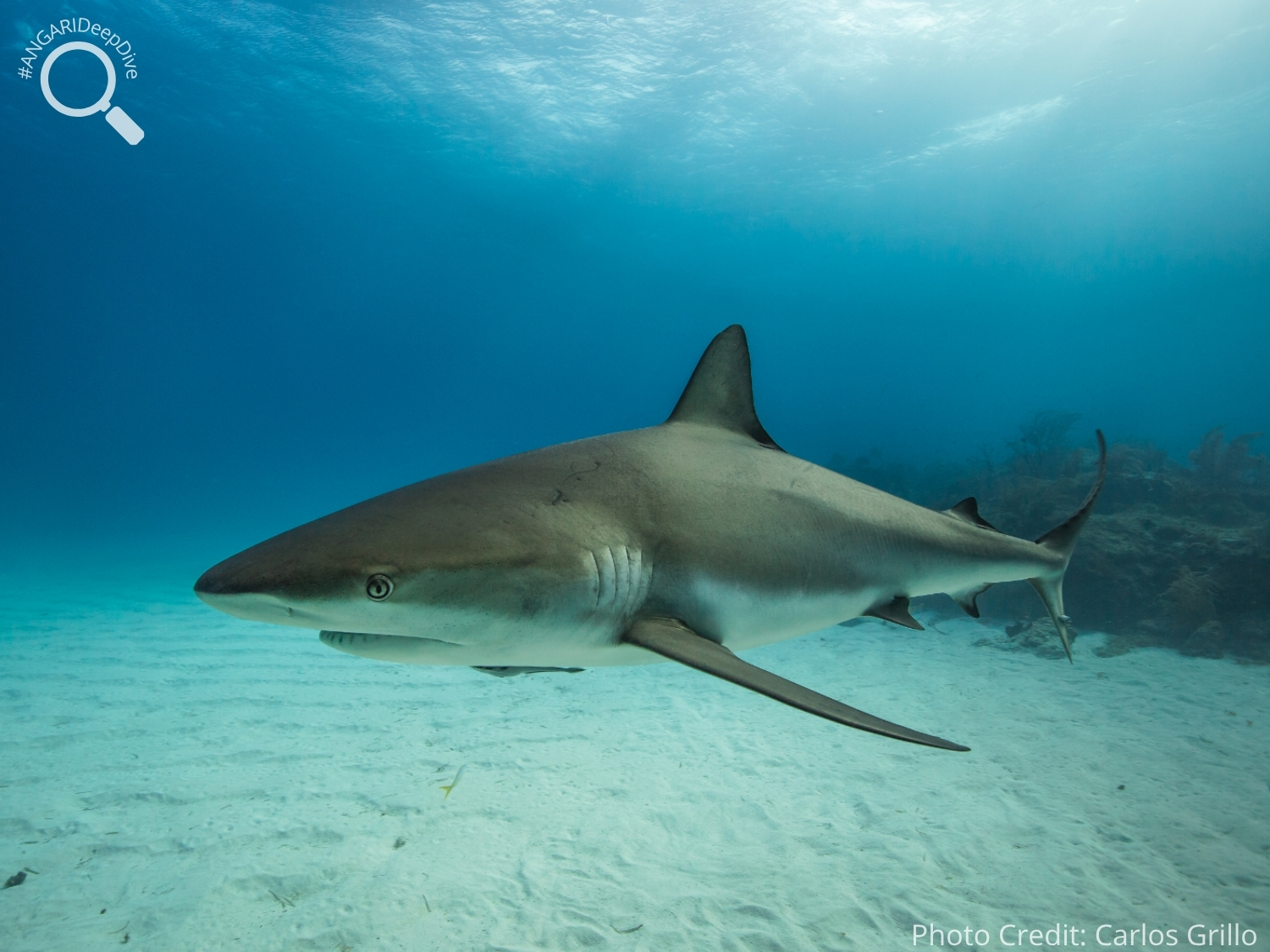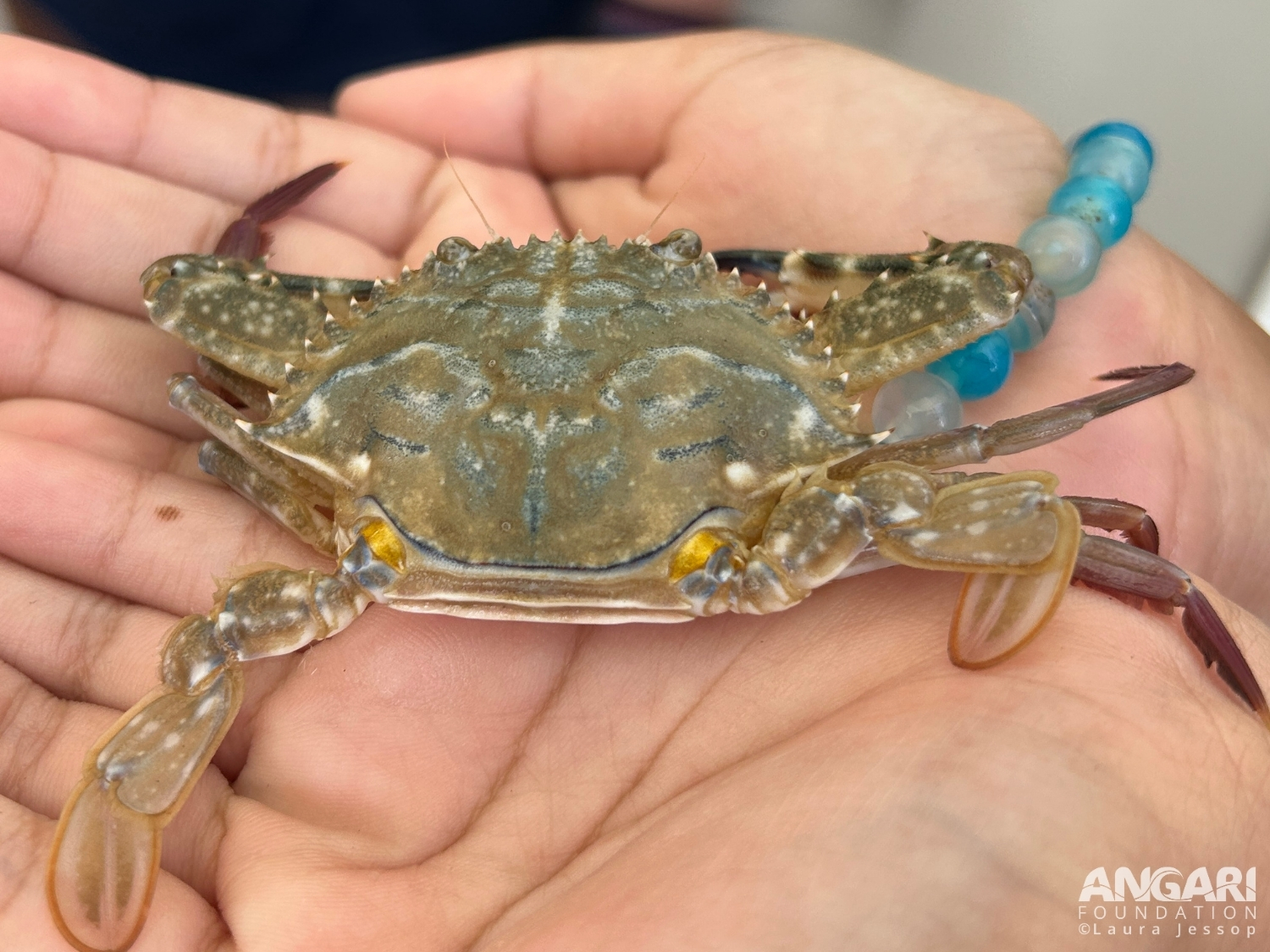Common sea fans are commonly found on coral reefs and can be identified by their purple tissue.
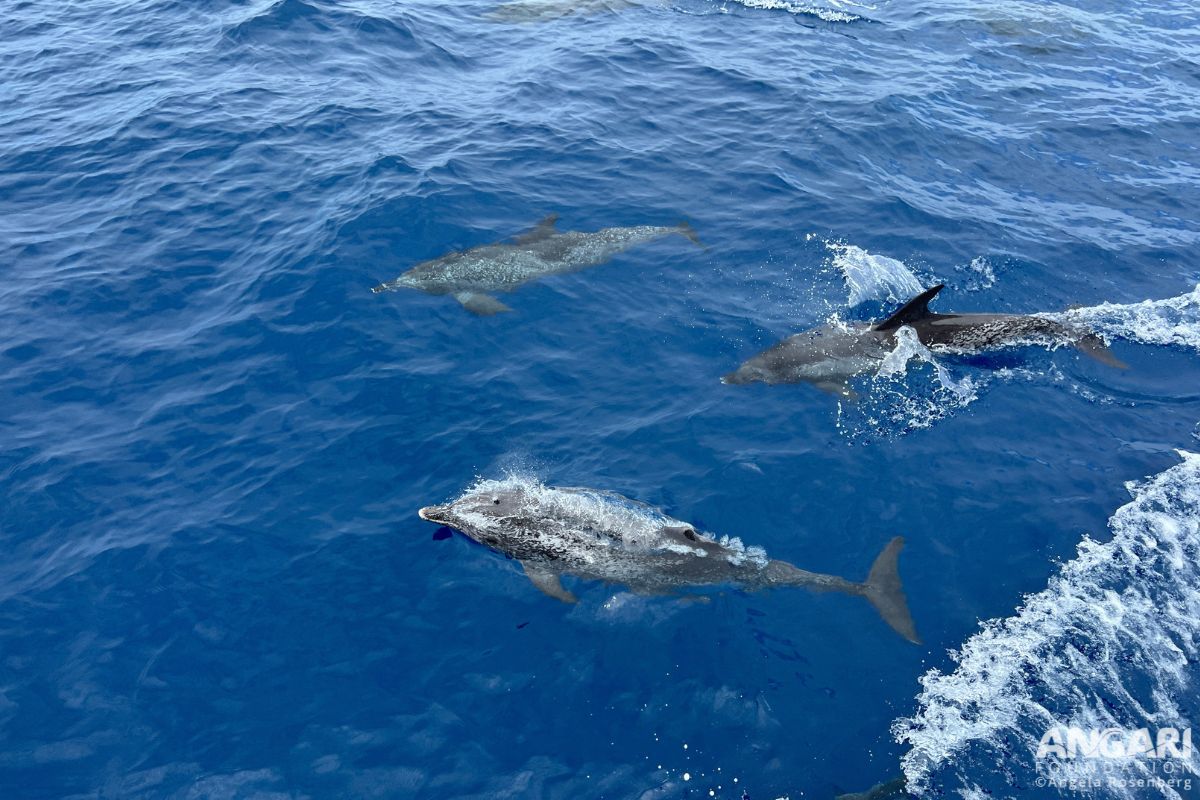
Atlantic Spotted Dolphin (Stenella frontalis)
Atlantic spotted dolphins (Stenella frontalis) live in the Atlantic ocean in warm temperate, subtropical and tropical waters. You can specifically find them in the waters off the east coast of the US, the Gulf of Mexico, to the coast of Brazil and even off the west coast of Africa. Although the word spot is in their name, these dolphins are actually born without any spots and gradually gain them as they age. Always keep your eye pealed if you’re in a boat as the Atlantic spotted dolphin loves to surf in waves created by vessels and often jump out of the water.
#1: A group of Atlantic spotted dolphins is called a pod.
Atlantic spotted dolphins live in pods that average 50 individuals, but can be as large as 200 dolphins! Groups that stick closer to the shore are normally smaller in size, averaging between 5 and 15 individuals.
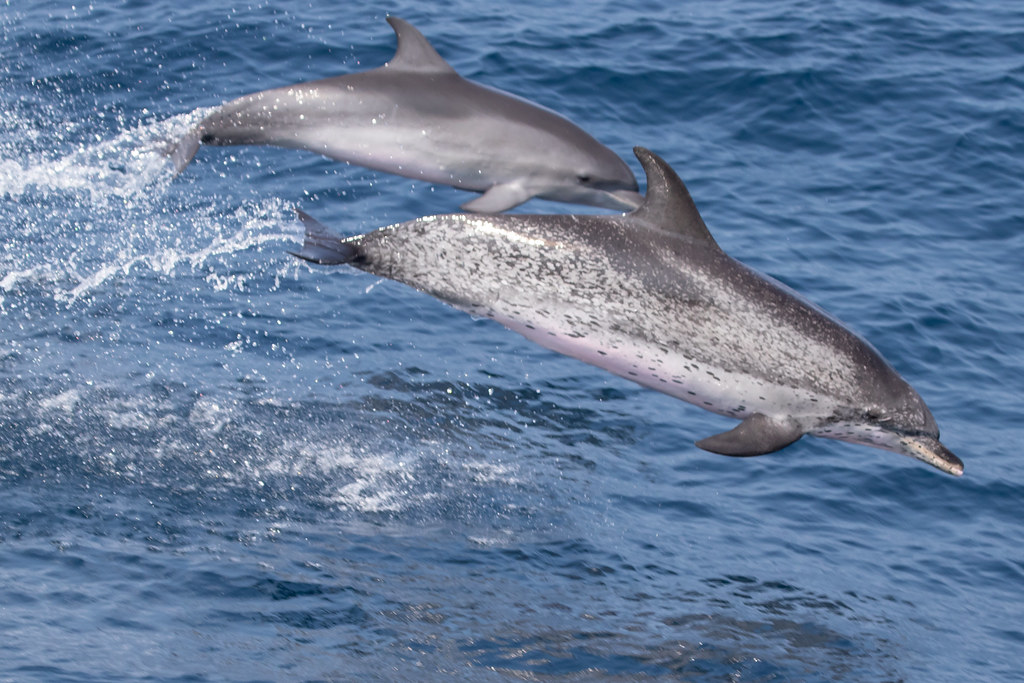
#2: How does the Atlantic spotted dolphin communicate?
Atlantic spotted dolphins communicate with whistles and by blowing bubbles through their blowholes. They use these whistles to communicate with other dolphins but it is also thought that they use this method to communicate with other species.
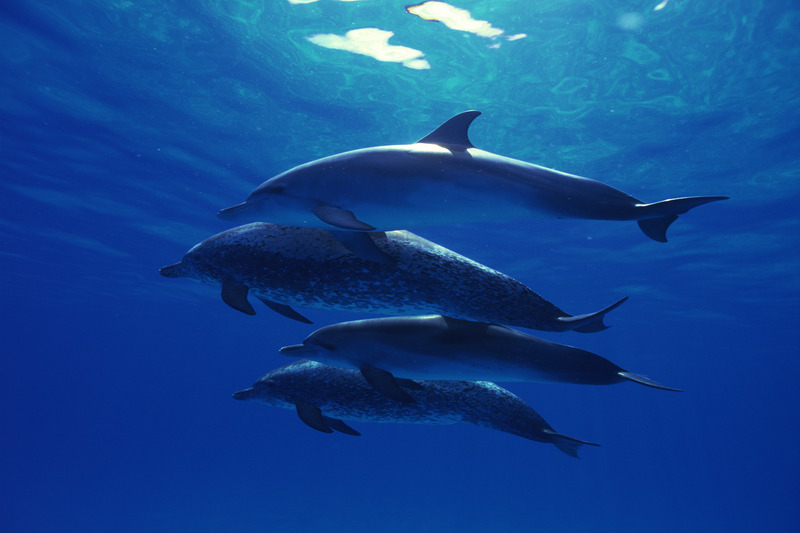
#3: Do Atlantic spotted dolphins use echolocation?
Yes they do! Atlantic spotted dolphins use clicks, which bounce off the surrounding environment, and sonar to create a picture of the environment. They specifically use echolocation to help them locate food and identify objects.
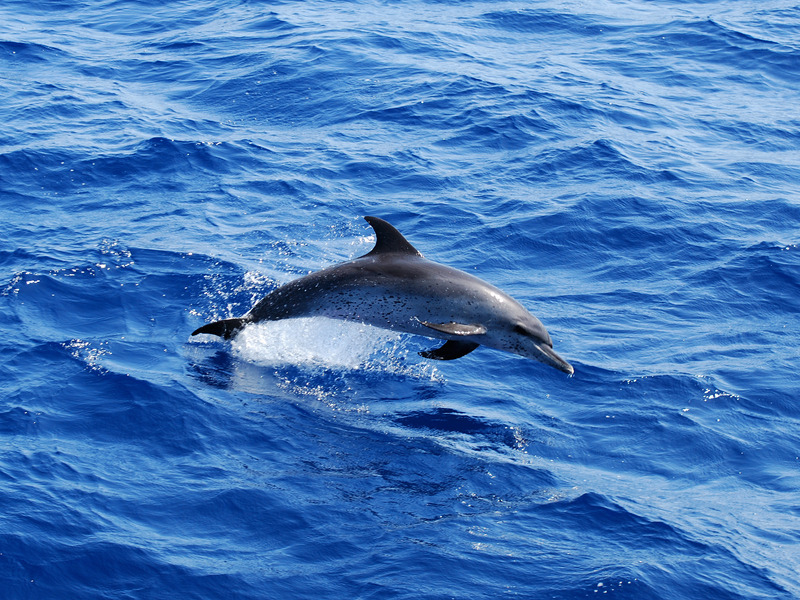
#4: Hunting methods of the Atlantic spotted dolphin.
Atlantic spotted dolphins will sometimes use their beak to hunt for fish! They will dig with their beak into the sandy bottom of the ocean to find hidden fish.

#5: What’s on the menu for the Atlantic spotted dolphin?
The Atlantic spotted dolphin eats a variety of animals. Their diet includes small fish, invertebrates and cephalopods, like squid and octopus.
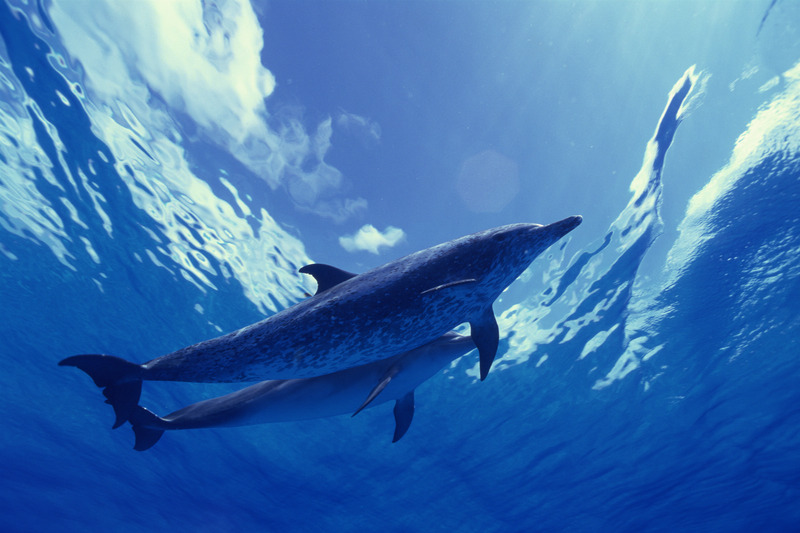
#6: Atlantic spotted dolphins are a social species.
Atlantic spotted dolphins can be seen interacting with other cetacean species, like bottlenose dolphins, on occasion. In fact in the Azores, due to the abundance of prey, Atlantic spotted dolphins will sometimes team up with common, bottlenose and striped dolphins to hunt.

#7: Atlantic spotted dolphins can change their spots.
Atlantic spotted dolphins color patterns vary both with age and location. Juvenile spotted dolphins don’t have spots, and gain them as they age. Sometimes due to the lack of spots when they are younger, juveniles can end up looking like bottlenose dolphins. As they grow and get older, they will develop more and darker spots. In fact, you can identify specific dolphins by their spot pattern!
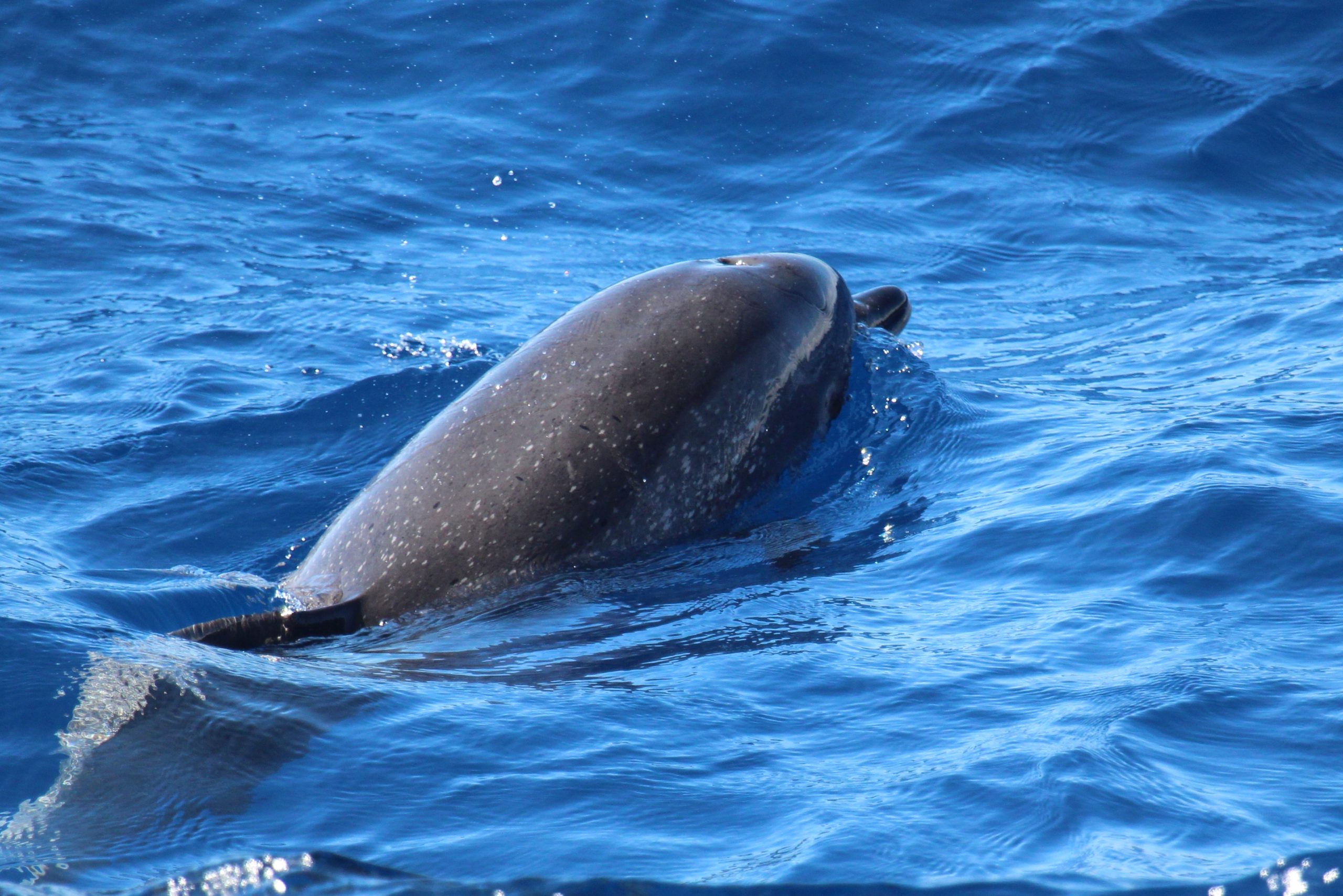
#8: When does the Atlantic spotted mature?
We are still learning about the reproduction patterns of Atlantic spotted dolphins. Scientists believe that females give birth to a single calf around every 3 years, however the calf may stay with the mother for up to 5 years. It is thought that females reach sexual maturity between 9 and 10 years old but males don’t reach sexual maturity until around 18 years old!
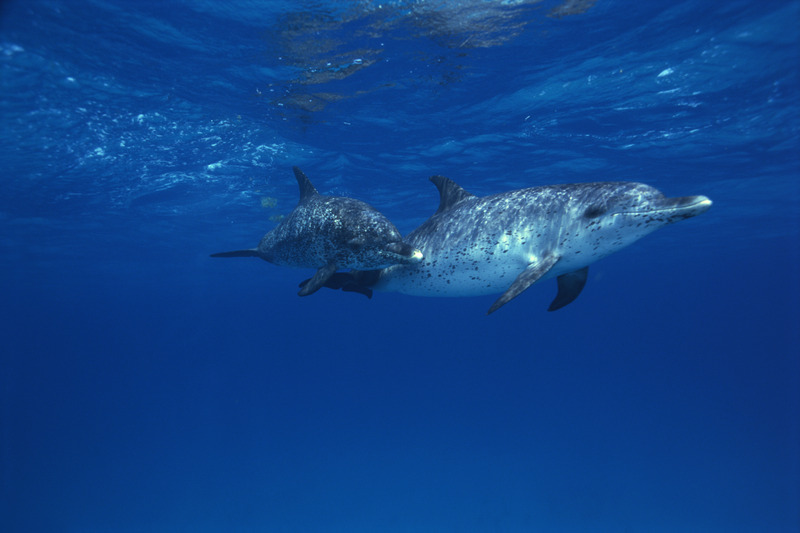
#9: The deep diving Atlantic spotted dolphin.
Atlantic spotted dolphins can dive up to 30 feet for between 2 and 5 minutes, on average. However, they have been recorded to dive up to 200 feet and hold their breath for up to 10 minutes!

While we don’t know the number of Atlantic spotted dolphins, we do know how we impact them and their population size. We know that one of their greatest threats is fisheries bycatch which is when they get caught in our fishing gear. They can be impacted by hearing loss due to noise pollution and are at risk of poaching/boat strikes because of of association between food and humans due to human interaction.
Additional Atlantic Spotted Dolphin Resources:
1. Atlantic Spotted Dolphin – NOAA
2. Atlantic spotted dolphin species guide – Whale and Dolphin Conservation
3. ‘Could we speak the language of dolphins?‘ – Denise Herzing TedTalk

